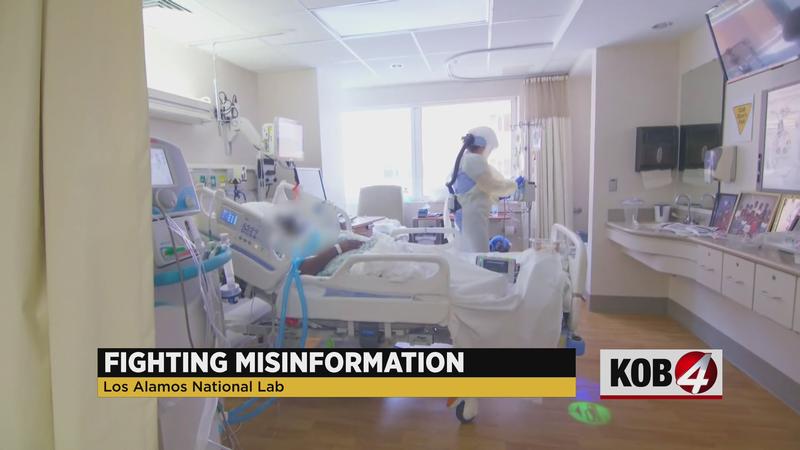New LANL study looks at how COVID misinformation spreads
[anvplayer video=”5024830″ station=”998127″]
ALBUQUERQUE, N.M. — COVID was not the only thing spreading for the past year. Researchers at Los Alamos National Labs said they’ve been looking into how misinformation spreads, too.
LANL information scientists like Ashlynn Daughton are trying to dive a bit deeper into why and how COVID conspiracy theories came to be.
“For this study my team and I used machine learning and artificial intelligence to track different conspiracy theories related to COVID-19,” she said.
The team gathered a huge amount of data—1.8 billion COVID-related tweets—and built a machine model that could analyze the tweet and determine whether it was true or false.
“And then we were able to use natural language processing tools to look at the sentiment of tweets associated with COVID misinformation,” Daughton said.

That allowed them to track overall trends and themes.
Daughton said they hope their findings will help stop the spread of conspiracy theories.
“The objective of doing this is that we wanted to be able to look at how conspiracy theories evolve over time, and we wanted to be able to move towards a tool that could help public health officials combat misinformation online,” Daughton added.